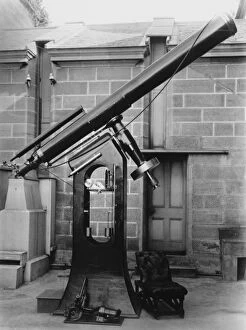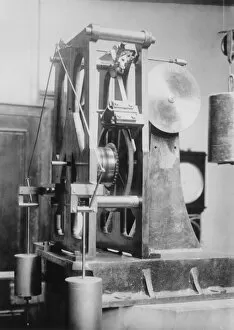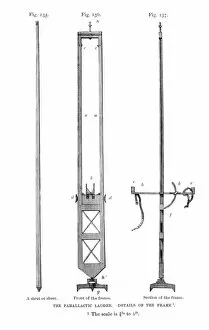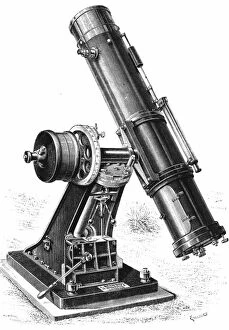Equatorial Mount Collection
Exploring the celestial sphere: From Foucault's mirror telescope on an equatorial mount at Paris Observatory to Smyth's parallactic ladder mount at Sydney Observatory
All Professionally Made to Order for Quick Shipping
Exploring the celestial sphere: From Foucault's mirror telescope on an equatorial mount at Paris Observatory to Smyth's parallactic ladder mount at Sydney Observatory, these historic telescopes have revolutionized our understanding of the universe. With diameters ranging from 11.5 inches to a massive 4 meters, these instruments include the 11.5-inch refractor at Sydney, the 7.25-inch reflector at Sydney, the Markree Observatory reflector, the twin telescopes at Tulse Hill, and the 12.25-inch reflector at Edinburgh. Each telescope, equipped with its precise equatorial mount and telescope clock, has contributed significantly to astronomical discoveries. The Mayall 4m reflecting telescope at Kitt Peak National Observatory continues this legacy, allowing us to peer deeper into the cosmos than ever before.











